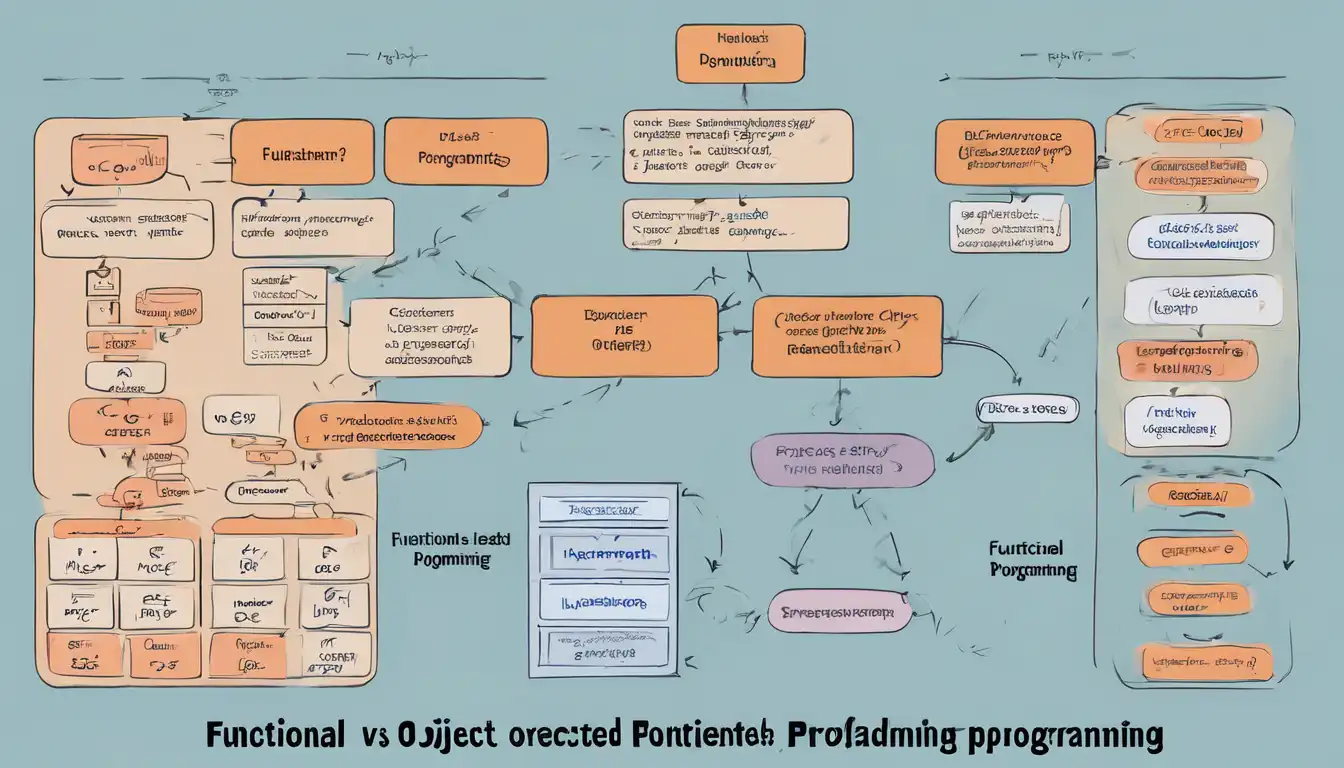Introduction to Programming Paradigms
In the world of software development, understanding the differences between functional programming (FP) and object-oriented programming (OOP) is crucial for choosing the right approach for your project. Both paradigms offer unique advantages and challenges, making them suitable for different types of applications.
What is Functional Programming?
Functional programming is a paradigm that treats computation as the evaluation of mathematical functions and avoids changing-state and mutable data. It emphasizes the application of functions, in contrast to the imperative programming style, which emphasizes changes in state.
- Immutable Data: In FP, data is immutable, meaning it cannot be changed after it's created.
- First-Class Functions: Functions are treated as first-class citizens, allowing them to be passed as arguments, returned from other functions, and assigned to variables.
- Pure Functions: Functions in FP are pure, meaning they always produce the same output given the same input and have no side effects.
What is Object-Oriented Programming?
Object-oriented programming is a paradigm based on the concept of "objects", which can contain data and code: data in the form of fields, and code, in the form of procedures. OOP focuses on the objects that developers want to manipulate rather than the logic required to manipulate them.
- Encapsulation: OOP bundles the data and the methods that operate on the data into a single unit or class.
- Inheritance: This allows a class to inherit properties and methods from another class, promoting code reuse.
- Polymorphism: It enables one interface to be used for a general class of actions, with the specific action determined by the exact nature of the situation.
Comparing Functional and Object-Oriented Programming
When deciding between FP and OOP, consider the nature of your project. FP is often better suited for applications where concurrency and parallelism are important, due to its emphasis on immutability and statelessness. OOP, on the other hand, is ideal for applications that require a clear modular structure, making it easier to manage and scale large codebases.
Both paradigms have their place in modern software development, and many languages support both to varying degrees. For example, JavaScript supports both functional and object-oriented programming styles, allowing developers to choose the best approach for their needs.
Conclusion
Understanding the differences between functional and object-oriented programming is essential for making informed decisions about your software architecture. By considering the strengths and weaknesses of each paradigm, you can select the most appropriate approach for your project, leading to more efficient and maintainable code.
For more insights into programming paradigms, check out our articles on software development and programming languages.
